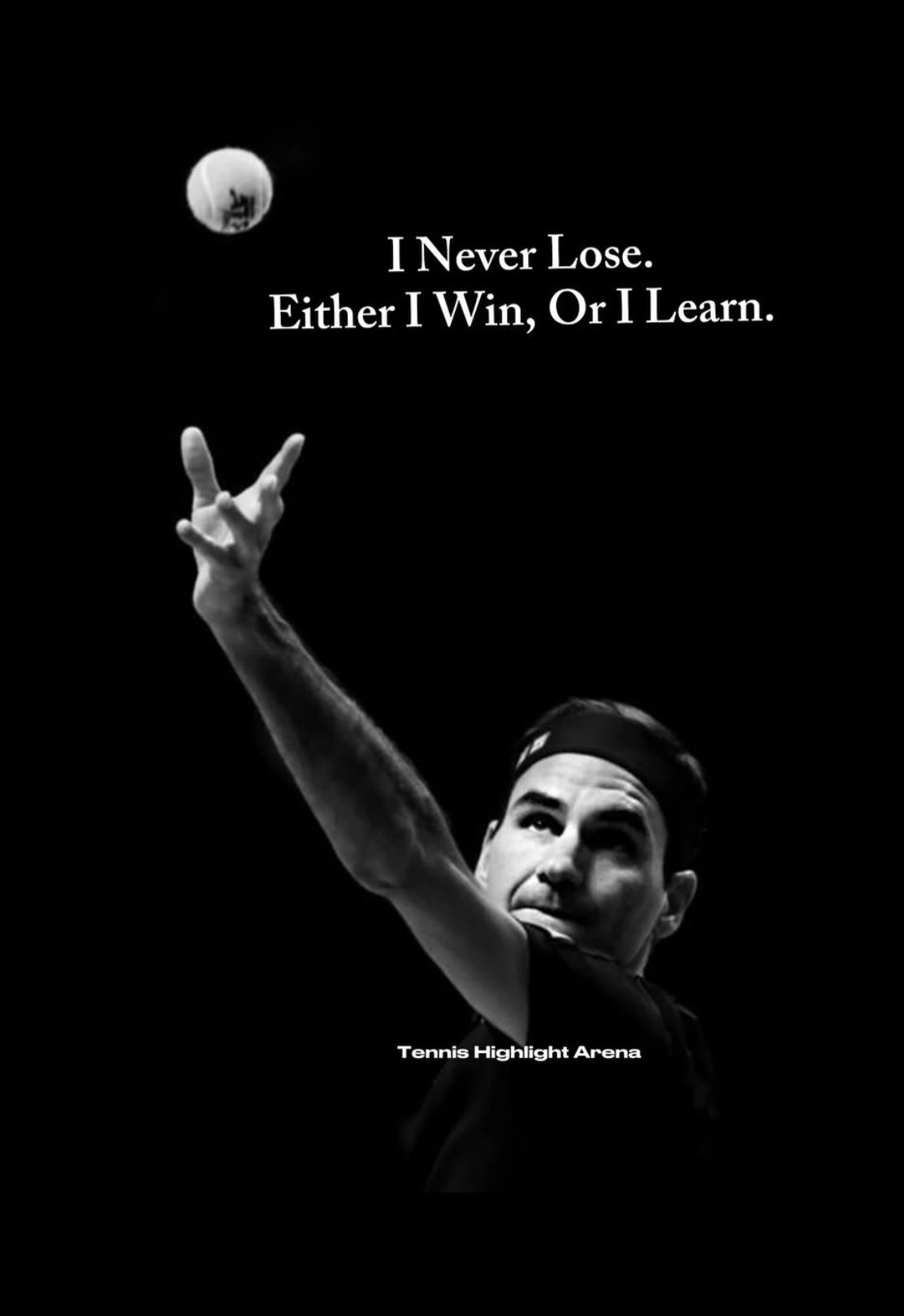Lesson 5 The Practice: What If vs. What Is
“Wisdom is always an overmatch for strength.”
What is wisdom? Perhaps wisdom is recognizing when we’ve fallen into a What If mindset—when we’re lost in stories: regretting the past, wishing things were different, worrying about or trying to control the future. Wisdom lies in clearly seeing these unskillful mental states and choosing to return to What Is… what is true here and now, in the present moment.
“My life has been full of horrible misfortune, most of which has never happened.”
A 2010 Harvard study revealed that nearly 47% of our waking hours are spent thinking about something other than what we’re presently doing. Science has shown that a wandering mind leads to unhappiness. To put this into perspective, nearly half our lives can be spent lost in regrets of the past or anxieties of the future instead of experiencing what’s actually happening now. This realization is both sobering and hopeful—because there’s something we can do about it. That something is mindfulness: the ability to train the mind to be more present.
“Mindfulness is like a bicep curl for the brain for the mind.”
What If vs. What Is on the Tennis Court
On the court, the What If mindset can creep in quickly:
What if I hadn’t missed that sitter?
What if I could only be better at matchbreakers?
What if I lose—what will they think of me?
What if my rating drops?
This mindset doesn’t just affect your focus; it impacts your body as well. Racing thoughts disrupt concentration and create doubt. Physically, you may feel your heart rate increase, your muscles tense, or nerves set in. The What If mindset keeps you trapped in anxiety and undermines your performance.
Now contrast this with the What Is mindset: being fully present in the moment. By focusing on what’s happening right now—without judgment or over-analysis—you bring calm, clarity, and improved focus to your game. One breath, one shot at a time.
On-Court Tip: Shifting from What If to What Is
This week, I invite you to tune into your mental state more intentionally during practice or matches.
Notice the What If moments:
Observe how they feel in your body.
Identify patterns of tension, agitation, or distraction.
Shift to What Is:
Take a deep breath to reset.
Narrow your attention to one thing at a time—your breath, the ball, your footwork.
Acknowledge what’s happening in the present moment, without judgment or elaboration.
Reflect on the impact:
Which mindset helps you stay calm, focused, and confident?
Which mindset leads to tension, frustration, or poor decision-making?
By practicing What Is on the court, you’ll not only play better but also develop a powerful skill for navigating life’s challenges with clarity and resilience. Remember, the present moment is where your potential truly lives.
“When we are worried about how we are doing, we are not able to focus on what we are doing in the present moment.”
“The difference between misery and happiness depends on what we do with our attention. ”
“Nothing in the world can bother you as much as your own mind. In fact, others seem to be bothering you but it’s not others, it is your own mind.”
“Most of us have spent our lives caught in plans, expectations, ambitions for the future; in regret, guilt or shame about the past. To come to the present is to stop the war.”



